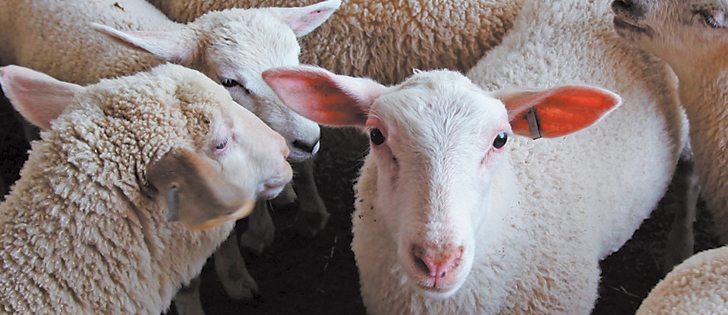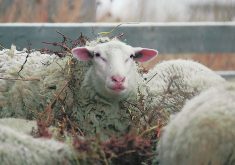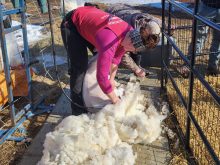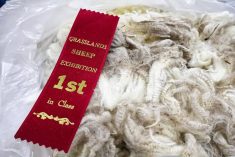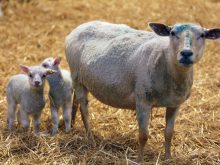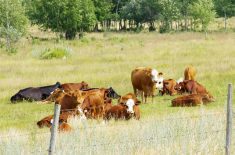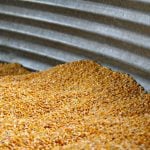While Canadian lamb producers are making money at current prices, feedlot owners’ margins are ‘tight and small’
It’s a great time to be a lamb producer.
Prices keep getting stronger, supply is never enough and the strong U.S. dollar keeps American buyers looking north for bargains.
“Prices are wonderful, but last year was also a good year for prices,” said Alberta lamb producer Bill Gibson of Tees, Alta.
Prices for 80 to 100 pound lambs are $200 to $250 per hundredweight this month, up from $160 to $178 just a few months ago.
Sheep producer and feedlot owner Roger Albers believes prices show no signs of softening until the latest crop of lambs comes to market in fall.
Read Also
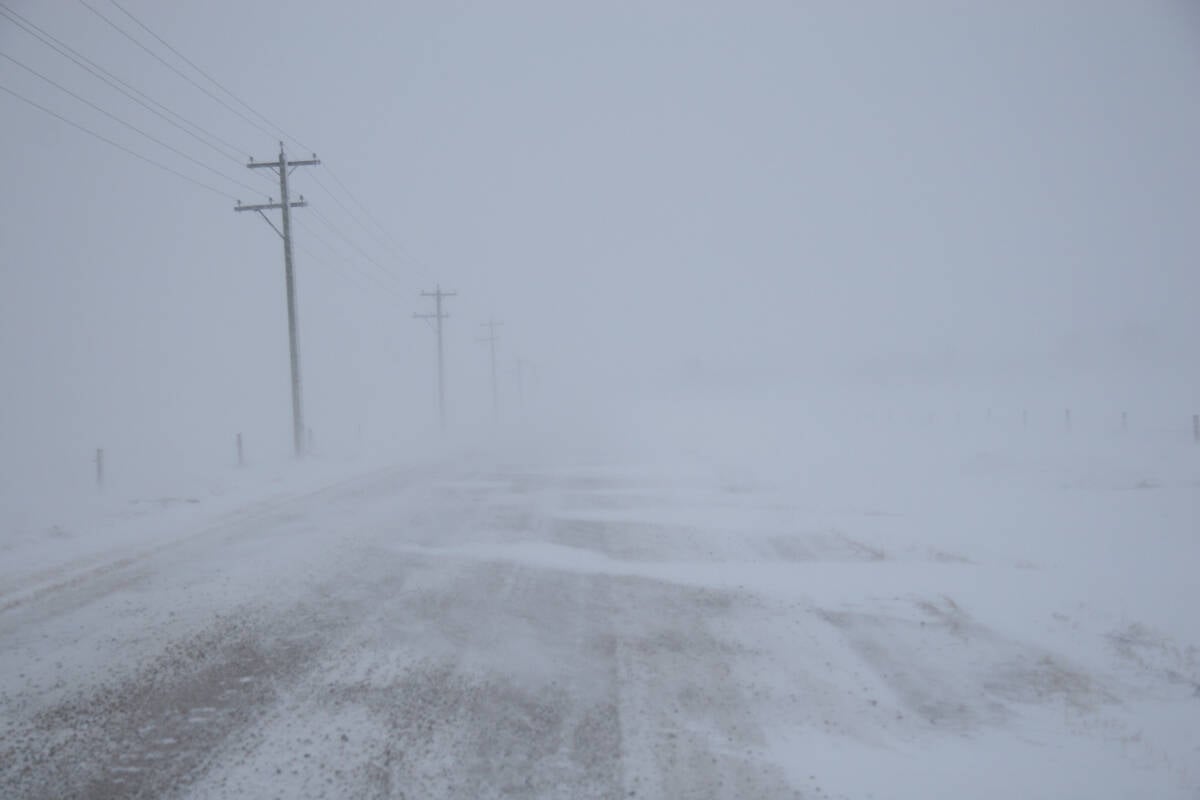
Volatile temperatures expected for this winter
DTN is forecasting a lot of temperature variability in the Canadian Prairies this winter. Precipitation should be close to average.
Strong prices earlier in the year enticed farmers to sell their lambs earlier, which left few lambs on the farm.
“The prices were good earlier and they sold then,” said Albers.
The few lambs left on farms are the poor doers and the tail end lambs that haven’t grown well. However, he said they are still fetching good prices.
An 80 lb. “junk lamb” is fetching $2.50 a lb., the same price as a high quality lamb, just to fill orders and keep up with demand.
“People are getting paid for junk.”
Albers sees more goat producers expanding their flocks than sheep producers, especially with younger producers who are interested in raising goats.
Expensive cattle prices have enticed some cattle producers into sheep as a diversification.
“They’re finding cattle hard to purchase and are jumping into the sheep business,” he said.
Albers said he has bought a lot of cull ewes from sheep producers over the past year as they take advantage of the higher prices and leave the business.
The high prices don’t favour all parts of the sheep business.
Strong lamb prices make it hard for feedlots to make money.
As well, there is a limit to what price consumers will pay for lamb, which means slaughterhouses are unwilling to pay for fat lambs.
Also, American buyers were in Canada in the fall buying feeder and slaughter lambs.
“For the producer it is a good thing. For the feedlots, the margins are tight and small.”
Albers said the prices are always reliable on his 3,000-head ewe flock, but margins in his feedlots rise and fall each year. About 3,000 head are left in the Acme feedlot, and the Stony Plain feedlot is virtually empty.
Gibson said the strong prices are nice, but it hasn’t attracted many new producers into the business.
“We haven’t seen any large increase in interest,” he said. “Farming certainly is seen as romantic with urban people, but it’s darn hard work and sometimes the money isn’t there.”
Contact mary.macarthur@producer.com

